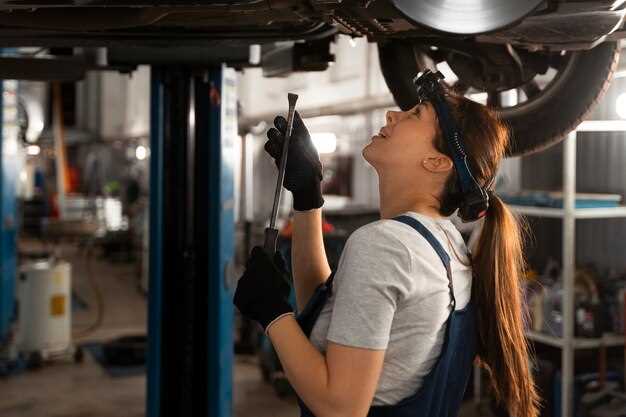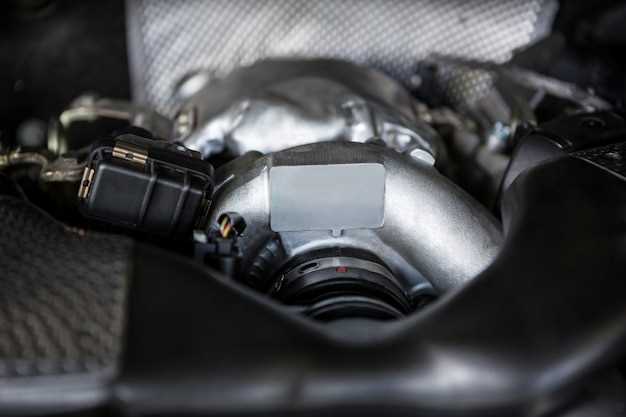
Exhaust systems play a critical role in the performance and functionality of a vehicle, but a loud exhaust can often become a source of annoyance and discomfort. Not only does excessive noise make your driving experience less enjoyable, it can also attract unwanted attention from law enforcement and neighboring motorists. Therefore, finding effective ways to fix a loud exhaust system is essential for both peace of mind and regulatory compliance.
Several factors can contribute to the excessive noise produced by an exhaust system, including leaks, worn-out components, and the type of materials used in the exhaust design. Addressing these issues not only enhances your vehicle’s driving experience but also contributes to a quieter environment, making it a worthwhile endeavor for any vehicle owner concerned about noise pollution.
In this article, we will explore various methods to reduce noise from a loud exhaust system. We will cover practical solutions that can be implemented at home or with the help of a professional mechanic, ensuring that you have the tools and knowledge necessary to achieve a quieter ride. Whether you are looking to make minor adjustments or undertake a complete overhaul, our guide will equip you with the information needed to quiet your exhaust and improve your driving experience.
Identify the Source of Noise in Your Exhaust System

To effectively reduce noise from a loud exhaust system, the first step is to identify the source of the noise. Several common areas in your exhaust system can contribute to excessive sound levels. Start with a thorough visual inspection of the components, checking for signs of damage, rust, or loose connections. Cracks or holes in the exhaust pipes or mufflers are often primary culprits, allowing exhaust gases to escape and increase noise levels.
Next, examine the condition of your muffler. A damaged or deteriorated muffler can significantly affect sound quality and volume. If the internal baffles are broken or corroded, it may be time to replace the muffler to restore sound control. Additionally, look for any loose mounting brackets or hangers that could result in vibrations and increased noise.
Don’t forget to inspect the exhaust manifold and catalytic converter. Issues in these areas can not only lead to increased noise but also impact vehicle performance. If your exhaust system includes aftermarket components, ensure they are properly installed and compatible with your vehicle, as mismatched parts can lead to unexpected noise issues.
Once you have identified the problematic areas, you can focus on the appropriate fixes. Whether it’s sealing leaks with exhaust tape, replacing a damaged muffler, or tightening loose connections, addressing these sources will help to effectively reduce the noise from your exhaust system and improve your vehicle’s overall sound quality.
Choose the Right Muffler to Minimize Sound Levels
Selecting the appropriate muffler is crucial for effectively reducing noise from a loud exhaust system. Mufflers are designed to dissipate sound waves produced by the engine, and their construction directly impacts overall sound levels.
For those looking to fix excessive noise, consider a muffler with a chambered design. These mufflers utilize internal compartments that break up sound waves, leading to a quieter operation. Alternatively, a turbo or straight-through muffler provides excellent flow while still offering noise reduction if engineered properly.
Material choice also plays a role; stainless steel or aluminized steel options tend to be more effective in sound absorption. Ensure you select a muffler that fits your vehicle’s exhaust specifications to prevent any modifications that could inadvertently increase noise levels.
Lastly, consider the noise rating of different mufflers. Many manufacturers provide decibel ratings, allowing you to compare the sound output of various models. Choosing a muffler with a lower rating can significantly contribute to minimizing exhaust noise, achieving a more comfortable driving experience.
Implement Soundproofing Techniques for Exhaust Components

Reducing noise from a loud exhaust system requires strategic soundproofing techniques to effectively dampen the sound generated by exhaust components. The first step is to utilize sound-absorbing materials such as acoustic mats or foam. These materials can be applied to the inner surfaces of the exhaust housing, significantly reducing noise levels by absorbing sound waves rather than allowing them to reverberate.
Another effective method is installing aftermarket mufflers designed for noise reduction. These mufflers utilize advanced engineering to create baffles that disrupt the flow of sound waves, resulting in a quieter exhaust note. Consider researching different muffler designs that offer sound attenuation while maintaining exhaust flow efficiency.
Additionally, secure any loose components within the exhaust system. Vibrations can amplify noise, making it seem louder than it is. Using rubber mounts or isolation hangers can help minimize vibrations transmitted from the exhaust to the vehicle’s chassis, reducing overall noise output.
Incorporating sound deadening materials such as mass-loaded vinyl in the areas surrounding the exhaust system can further enhance noise reduction. This heavy material effectively blocks sound transmission and can be installed beneath the vehicle or within the engine bay.
Regular maintenance of the exhaust components is also essential. Check for leaks or cracks that may allow sound to escape more freely. Sealing these gaps can significantly decrease noise levels and maintain the integrity of the exhaust system.
By combining these soundproofing techniques, you can effectively reduce the unwanted noise from a loud exhaust system, creating a more pleasant driving experience while maintaining performance. Always consider legal regulations regarding exhaust noise levels to ensure compliance while implementing these modifications.




